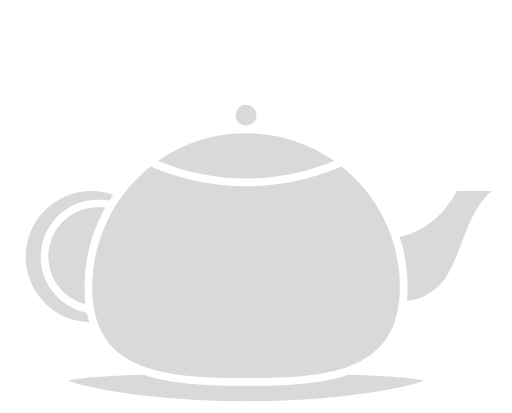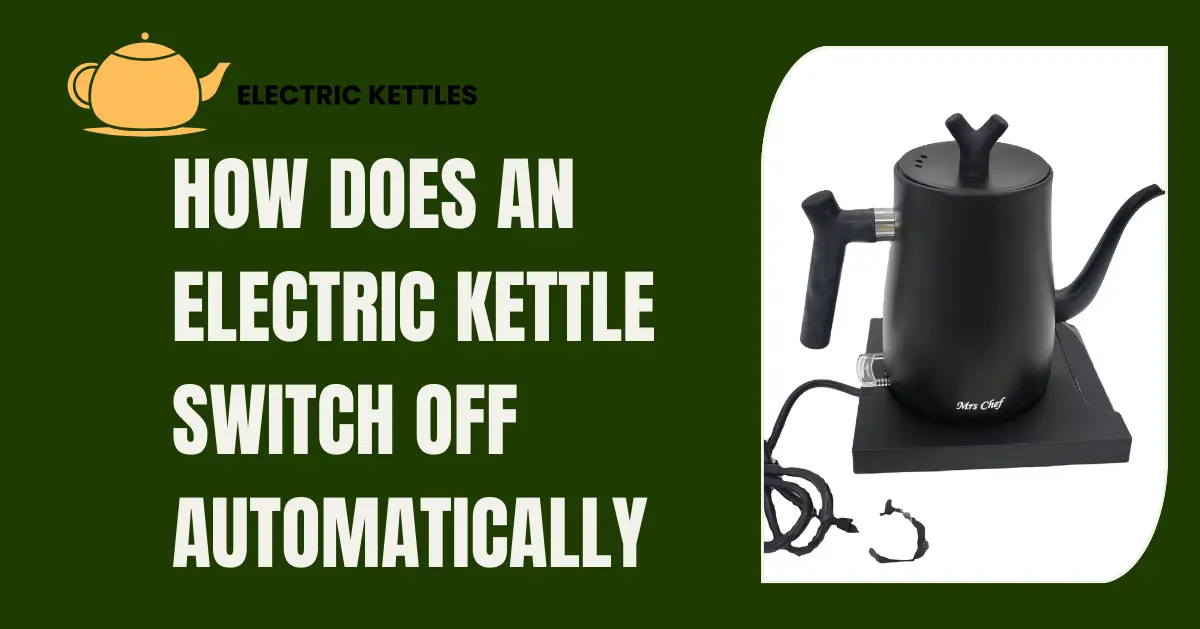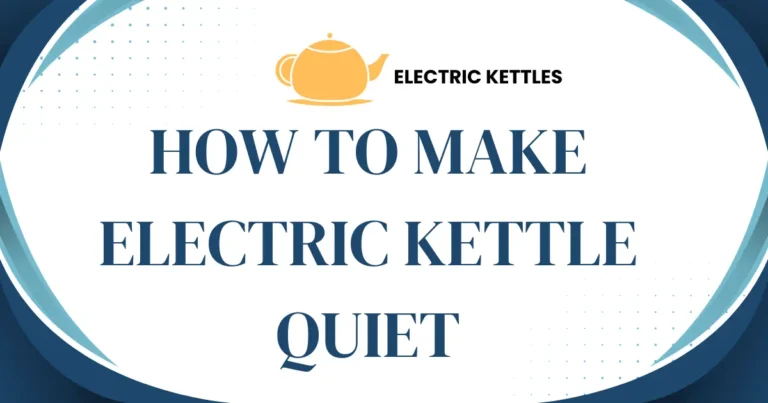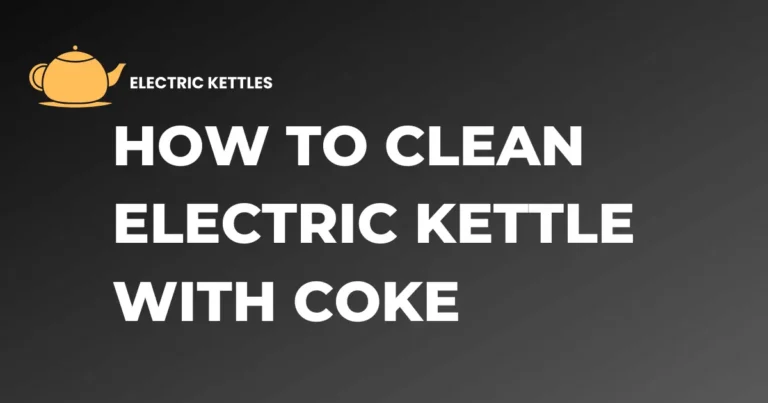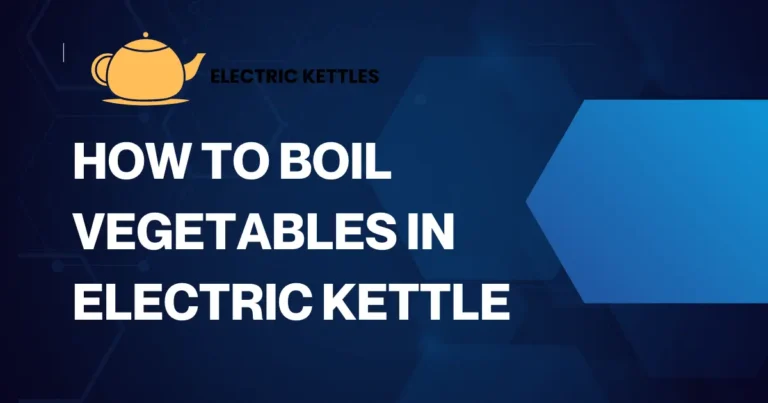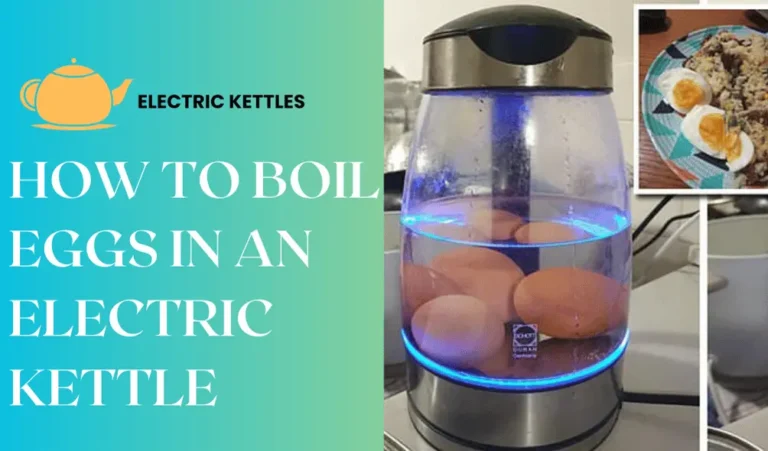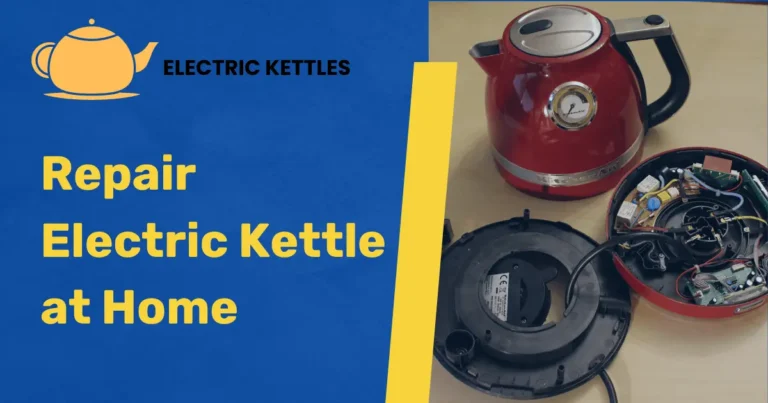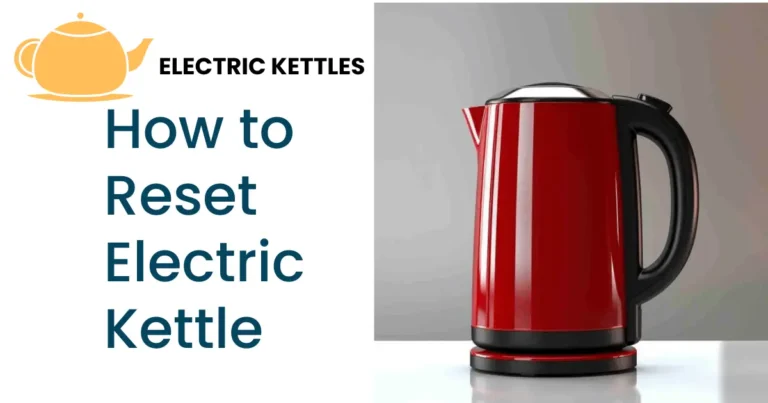How Does an Electric Kettle Switch off Automatically
Electric kettles are appliances designed for quickly boiling water. They use electricity to heat water faster than traditional stovetop kettles. Most electric kettles have a simple design with a jug-like body and a base that plugs into an electrical outlet. They come in various sizes and materials, making them popular in many kitchens. Many people use electric kettles for making tea, coffee, or instant noodles.
The automatic shut-off feature is a crucial safety aspect of electric kettles. It prevents the kettle from boiling dry and potentially causing damage or fire hazards. When the water reaches a boil, the kettle automatically turns off. This feature also saves energy, as it stops heating once the water is ready.
Table of Contents
The Automatic Shut-Off Mechanism
The automatic shut-off mechanism in electric kettles is a vital safety feature designed to enhance user convenience and protect against accidents. At its core, this system relies on a thermostat that continuously monitors the water temperature. Once the water reaches its boiling point, the thermostat activates, signaling the kettle to turn off. This automatic shut-off prevents the kettle from overheating and reduces the risk of boiling dry, which can lead to damage or even fires.
In addition to the thermostat, many electric kettles utilize a bimetallic strip. This strip is made of two different metals that expand at varying rates when heated. As the kettle heats up, the strip bends and eventually triggers the shut-off mechanism when a certain temperature is reached. This adds an extra layer of safety, ensuring the kettle stops functioning when necessary.
Some advanced kettles also incorporate steam sensors that detect rising steam. When the steam reaches a specific level, the sensor activates the shut-off feature. This technology further enhances safety, especially in busy kitchens where users may forget to monitor the kettle.
Benefits of Automatic Shut-Off
Enhanced Safety
The automatic shut-off feature significantly improves safety in the kitchen. It prevents accidents by turning off the kettle once the water reaches boiling point. This means users don’t have to worry about the kettle boiling dry, which can lead to potential damage or fire hazards. With this feature, even busy individuals can leave the kettle unattended, knowing it will shut off automatically.
Energy Efficiency
Another major benefit is energy efficiency. The automatic shut-off stops the kettle from heating once the water is boiled, helping to save electricity. This feature is not only environmentally friendly but also reduces utility bills. Users can enjoy quick boiling for tea, coffee, or cooking without constantly monitoring the kettle.
Convenient User Experience
The automatic shut-off mechanism also enhances convenience in daily use. It allows users to focus on other tasks while waiting for the water to boil. This is especially useful for those who multitask in the kitchen. Overall, this feature makes electric kettles easier and safer to use, promoting a hassle-free experience.
Common Issues with Automatic Shut-Off
1. Kettle Not Shutting Off
One common issue users may face is the kettle not shutting off, even when the water reaches a boil. This problem can occur due to a faulty thermostat or a malfunctioning bimetallic strip. If the kettle continues to heat, it poses safety risks, and users should stop using it immediately and consider seeking repair or replacement.
2. Mineral Deposit Build-Up
Another issue is the build-up of mineral deposits, especially in areas with hard water. These deposits can interfere with the kettle’s sensors and lead to malfunction. Regular cleaning and descaling are essential to prevent this problem. Users should follow the manufacturer’s maintenance instructions to ensure proper function.
3. Inconsistent Sensor Performance
Some kettles may have sensors that are either overly sensitive or not sensitive enough, resulting in inconsistent performance. This can be frustrating, as the kettle might shut off prematurely or fail to turn off when it should. Users should check for loose connections or any signs of damage to resolve these issues.
4. Electrical Connection Problems
Electrical connection issues can also affect the kettle’s performance. If the kettle is not properly plugged in or if the cord is damaged, it may not function correctly. Users should inspect the power cord and outlet for any signs of wear or damage. Ensuring a secure connection can help prevent interruptions in the kettle’s operation.
You can also read How to fix an electric kettle switch.
Comparison with Manual Kettles
1. Safety Considerations
One significant difference between electric kettles and manual kettles is their safety features. Electric kettles are equipped with automatic shut-off mechanisms that prevent overheating and reduce the risk of boiling dry. This feature allows users to leave the kettle unattended without worry. In contrast, manual kettles require constant supervision. If left unattended, they can pose safety hazards, such as burns or fires.
2. Boiling Speed and Efficiency
Electric kettles excel in speed and efficiency, boiling water much faster than manual kettles. They can heat water in just a few minutes, making them ideal for quick beverages or meal prep. Manual kettles, however, rely on a heat source like a stove, resulting in longer boiling times. For those who need hot water quickly, electric kettles are the better option.
3. Energy Usage
When it comes to energy consumption, electric kettles are generally more energy-efficient. They require less power to boil water compared to manual kettles used on a stovetop. However, manual kettles can be versatile, as they can be used on various heat sources, including gas and induction, which may be more economical in certain situations.
4. User Convenience
Electric kettles offer greater convenience with features like adjustable temperature settings, keep-warm functions, and rapid boiling capabilities. These features allow users to prepare specific drinks, such as tea or coffee, at the right temperature. Manual kettles, while straightforward and easy to use, do not provide these advanced functionalities and require more hands-on involvement.
FAQs
Q1. How do I know if my electric kettle has an automatic shut-off feature?
You can check the user manual that came with your kettle. Look for descriptions of safety features. Most electric kettles will mention automatic shut-off if they have it. If you don’t have the manual, you can also check the manufacturer’s website for information.
Q2. What should I do if my kettle doesn’t turn off automatically?
If your kettle doesn’t turn off automatically, stop using it immediately. This could indicate a malfunction. Check for any visible damage. It may be best to contact customer service or consider getting it repaired or replaced.
Q3. Can I use an electric kettle on a stovetop?
No, electric kettles are designed for electric use only. They have a heating element in the base that heats water. Using them on a stovetop can damage the kettle and pose safety risks. Always use them according to the manufacturer’s instructions.
Q4. Are all electric kettles the same in terms of shut-off features?
No, not all electric kettles have the same shut-off features. Some may have basic shut-off functions, while others offer advanced options like steam detection or temperature controls. It’s important to read the specifications before purchasing.
Q5. Can I reset my electric kettle if it malfunctions?
Most electric kettles do not have a reset button. If it malfunctions, try unplugging it for a few minutes. This may help reset the internal electronics. If the issue persists, consult the user manual or contact customer support for assistance.
Conclusion
The automatic shut-off feature in electric kettles is essential for safety and convenience. This mechanism ensures that the kettle turns off once the water reaches a boil, preventing overheating and potential accidents. Users can enjoy peace of mind, knowing they can leave the kettle unattended without worry.
Understanding how this feature works enhances the overall user experience. Regular maintenance, like descaling and cleaning, can help keep the kettle functioning properly. By being aware of common issues and how to address them, users can extend the life of their electric kettles.
